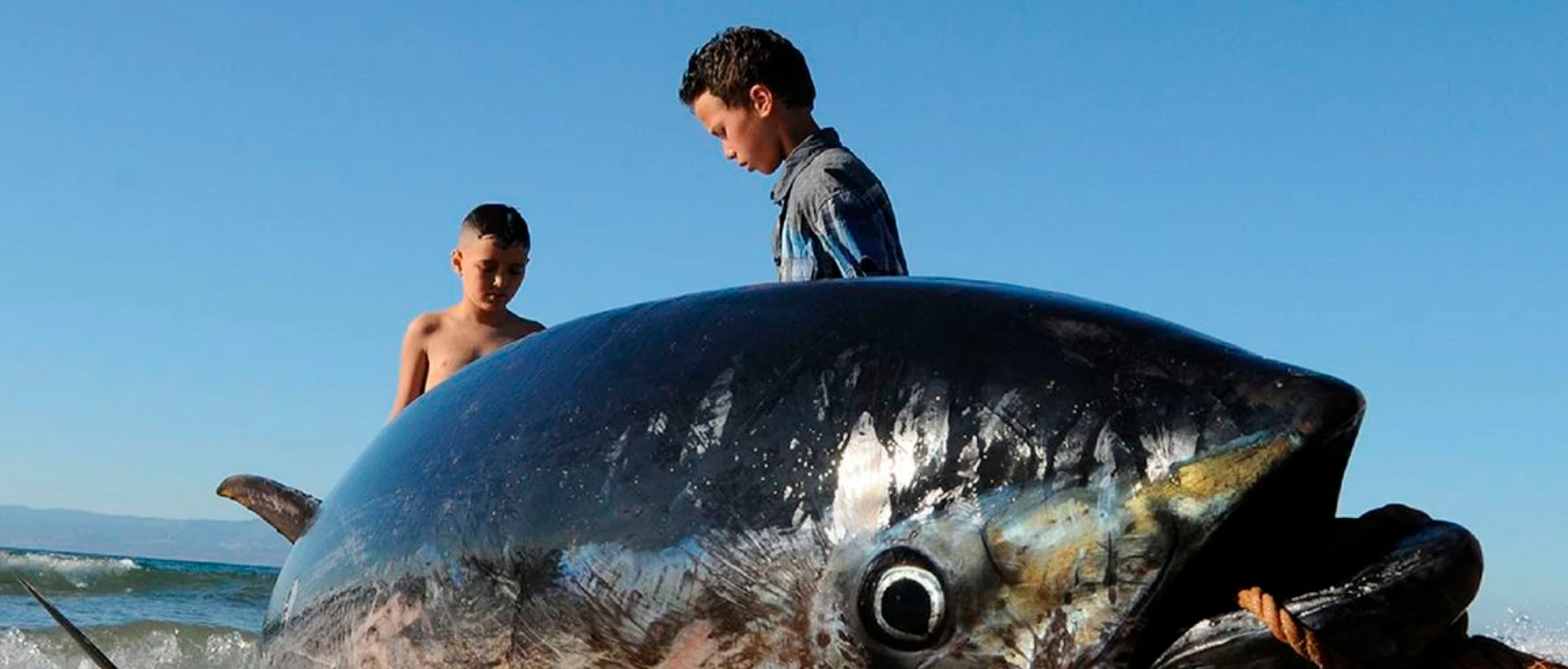May 2 Marks World Tuna Day, Highlighting the Importance of Sustainable Fishing** This May 2nd is World Tuna Day, a date established nine years ago by the United Nations General Assembly to underscore the importance of tuna in people’s diets and health, as well as to promote the urgent need for sustainable fishing practices.
Canned tuna, for instance, is widely regarded as a nutritious food—rich in protein, minerals, omega-3 fatty acids, and vitamin B12—offering several health benefits.
Tuna, found in the Pacific, Indian, and Atlantic Oceans, continues to face threats from overfishing and unsustainable fishing practices, driven by high global demand.
Back in 2017, only 75% of tuna catches came from stocks not affected by overfishing. Today, that number has risen to over 90%, reflecting progress in conservation and regulation efforts.
One notable success in recent years has been the return of the Atlantic Bluefin tuna—a species once nearly absent from the region—to the waters off southern England and Ireland.
According to the Food and Agriculture Organization of the United Nations, FAO, which leads the Common Oceans program, the recovery is due to coordinated actions by governments in five regional tuna management areas.
New Regulations Aim to Ensure Sustainable Tuna Fishing by 2027
In regions where tuna fishing is active, rules and guidelines have been introduced based on input from fishers, scientists, and resource managers before fishing even begins.
The Common Oceans Tuna Project aims to ensure that all major tuna stocks are fished at sustainable levels by 2027. This target is part of a broader effort to preserve biodiversity and promote more responsible tuna fishing worldwide.
According to the latest data, only two of the 23 recognized tuna stocks are currently being overexploited—an encouraging sign of progress. The United Nations emphasizes that constant monitoring remains essential. The agreement known as the “High Seas Treaty” reflects ongoing international efforts to protect marine biodiversity, even in the face of significant challenges.
Climate Change and Bycatch Threaten Tuna Sustainability and Coastal Livelihoods One of the major challenges is climate change, which disrupts tuna reproduction and pushes the species farther out to sea. This not only raises fishing costs but also threatens the livelihoods of many coastal communities—often in low-income regions—that depend on tuna fishing for survival.
Preventing the accidental capture of seabirds, sharks, whales, and turtles in fishing nets and hooks is another ongoing battle. Many species of the iconic albatross are now endangered, largely—but not exclusively—due to being caught on fishing lines.
To reverse these losses, sustainable fishing practices must be prioritized, with a long-term focus on addressing the environmental challenges that lie ahead.
Tuna are warm-blooded predators capable of diving deep in search of food and swimming at speeds of up to 27 miles per hour (43 km/h) when hunting or evading predators.
Highly migratory by nature, tuna species can travel thousands of miles across the world’s oceans. Some Pacific Bluefin tuna, for example, migrate more than 6,000 nautical miles over the course of their lives. They often move in large schools that can span up to 30 kilometers wide, showcasing their incredible endurance and social behavior in the open sea.












